Optimal Timing for Tree Trimming
Tree trimmings are essential for maintaining healthy and attractive trees. Proper timing ensures optimal growth, disease prevention, and safety. Understanding seasonal patterns and tree species-specific needs can help determine the ideal time for trimming.
Best for shaping and removing dead or diseased branches before active growth begins.
Ideal for thinning and reducing canopy density to promote air circulation and sunlight penetration.
Suitable for removing weak or damaged branches after the growing season ends.
Optimal for dormant pruning, minimizing stress and preventing disease spread.
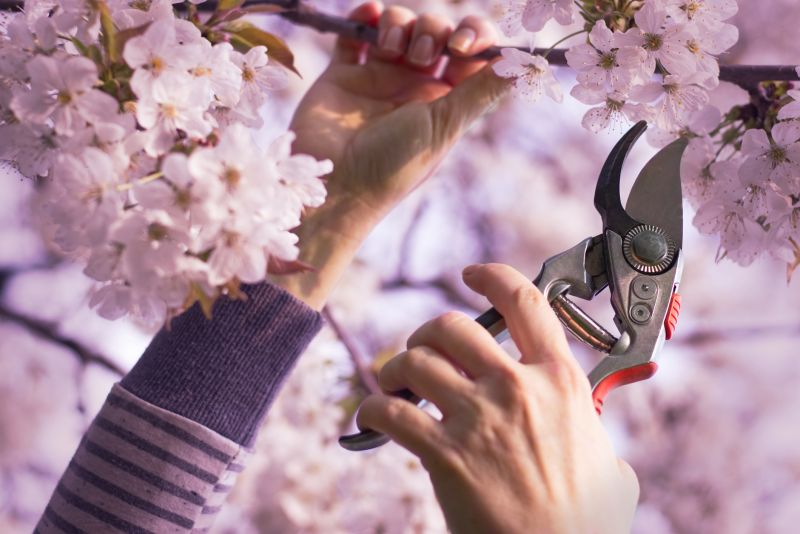
Trees in early bloom stages benefit from spring trimming for healthy growth.
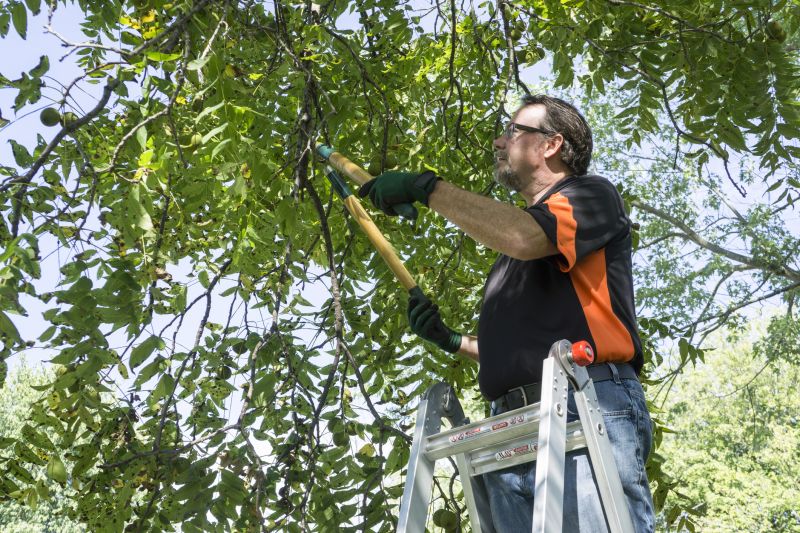
Maintaining tree shape and health during peak growth periods.

Dormant trees are easier to prune with less risk of disease.
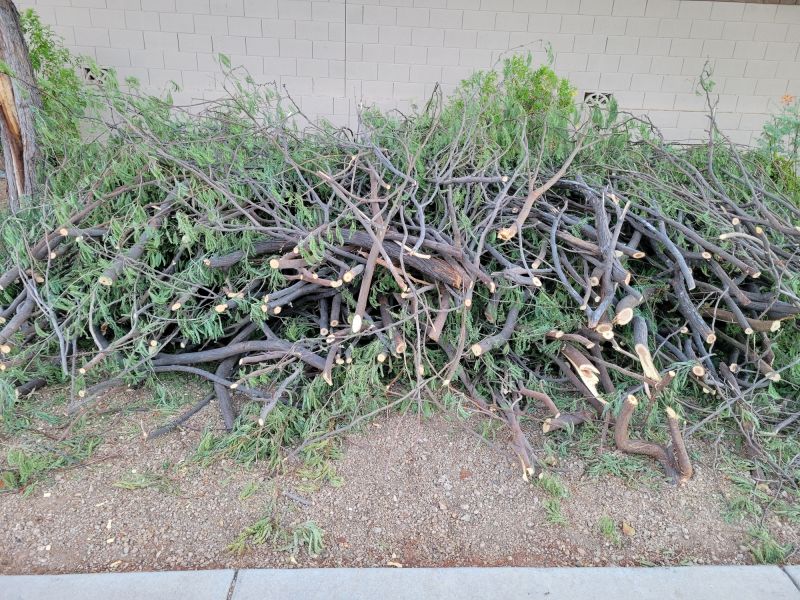
Ways to make Tree Trimmings work in tight or awkward layouts.
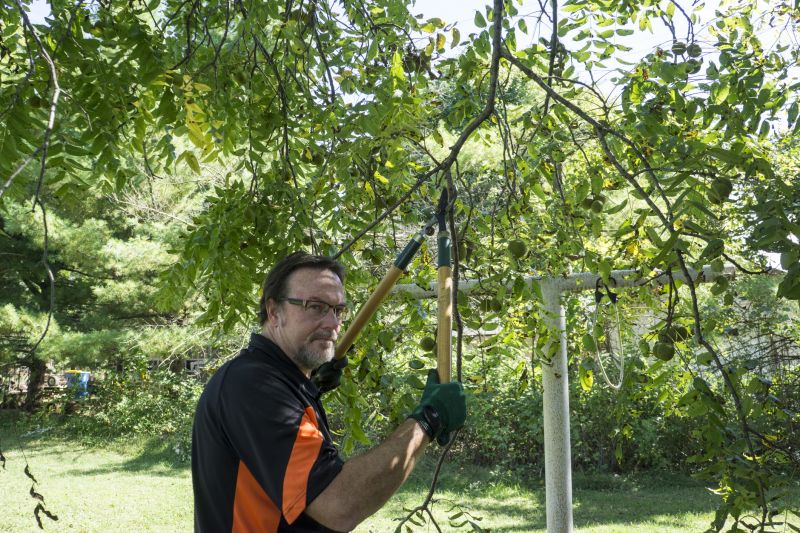
Popular materials for Tree Trimmings and why they hold up over time.
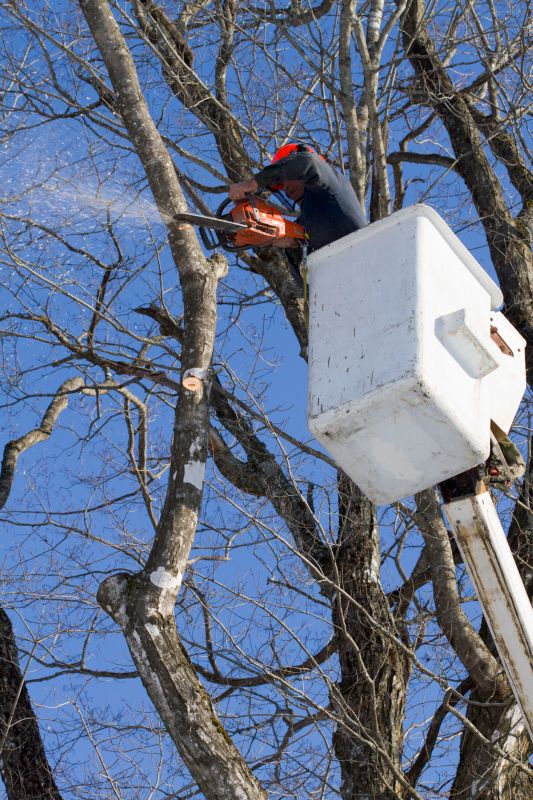
Simple add-ons that improve Tree Trimmings without blowing the budget.
| Season | Best Practices |
|---|---|
| Spring | Remove dead or damaged branches before new growth. |
| Summer | Thin canopy to improve air flow and sunlight. |
| Fall | Clear weak or diseased branches after leaves fall. |
| Winter | Perform dormant pruning for most deciduous trees. |
| Post-bloom | Prune flowering trees after they bloom for best results. |
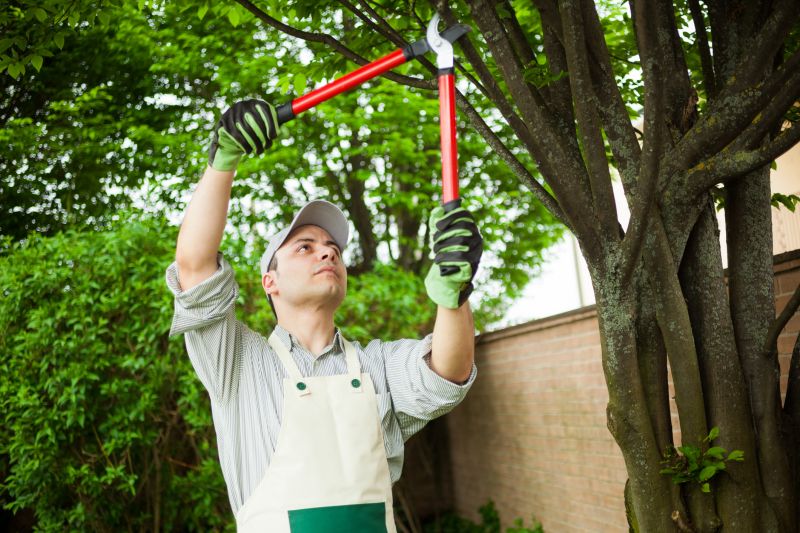
Proper trimming supports strong, healthy development.

Timely pruning reduces the risk of infections.
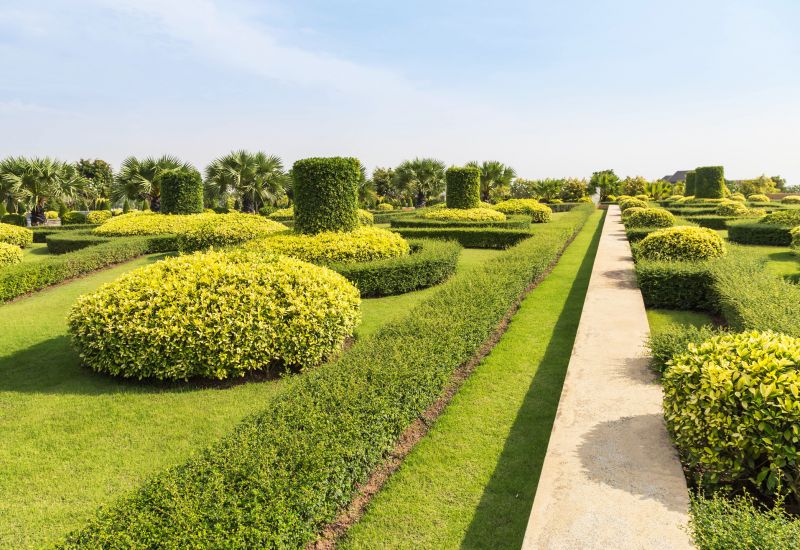
Maintains a balanced and attractive tree shape.
Interested in scheduling tree trimmings? Filling out the contact form provides an easy way to request services tailored to specific seasonal needs and tree types. Proper timing and technique are crucial for maintaining healthy, safe, and beautiful trees in Santa Rosa, CA.
